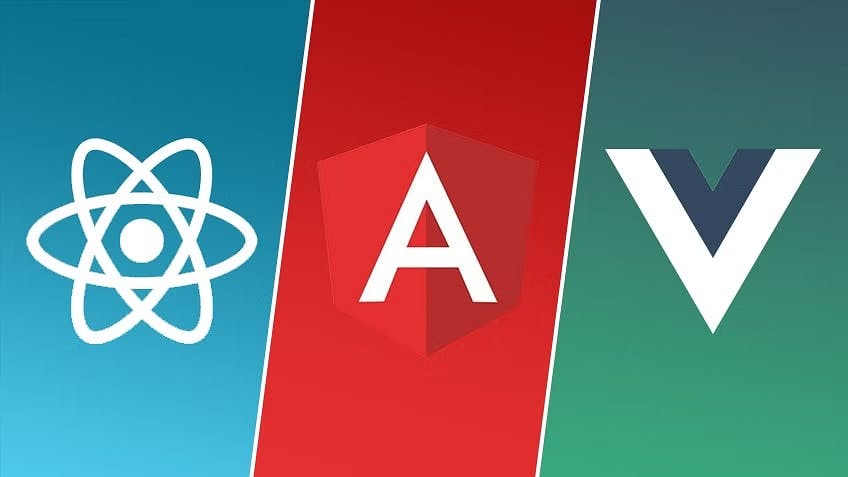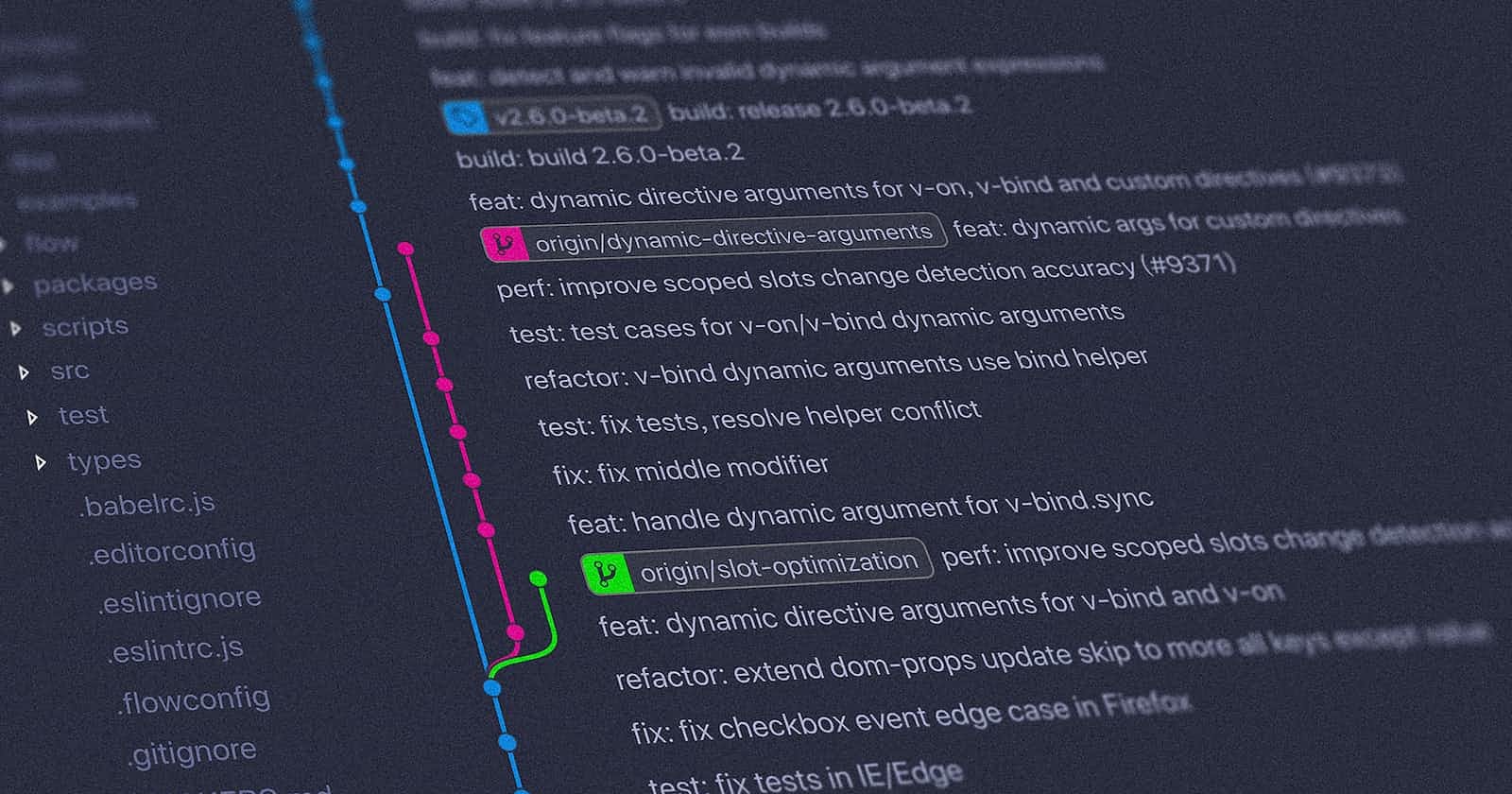Choosing the Right Front-end Framework.
How do you choose which one is right for your project?
Table of contents
No headings in the article.

Frontend development has witnessed an explosion of frameworks, each offering unique features and advantages. With numerous options available, choosing the right front-end framework for your project can be a daunting task. In this blog post, we will explore the key considerations and factors that will help you make an informed decision when selecting the best front-end framework for your development needs.
Understanding Your Project Requirements: Before diving into the plethora of front-end frameworks, it is crucial to evaluate your project requirements. Consider factors such as project complexity, scalability, performance goals, team size, and developer expertise. Understanding these requirements will help you narrow down the choices and identify frameworks that align with your project's specific needs.
Popular Frontend Frameworks: This section provides an overview of some of the most popular frontend frameworks, such as React, Vue.js, and Angular. Explore their strengths, weaknesses, and use cases. Learn about the ecosystems surrounding these frameworks, including available libraries, tooling, and community support. Delve into their learning curves, documentation quality, and community adoption to assess which framework aligns best with your project requirements.
Performance and Efficiency: Consider the performance aspects of each framework. Evaluate factors such as bundle size, rendering speed, and optimization techniques. Explore how each framework handles state management, component reusability, and virtual DOM manipulation. Performance is a critical factor that can impact user experience, so understanding the performance implications of each framework is essential.
Community and Ecosystem: The strength of a frontend framework's community and ecosystem plays a vital role in developer support and tool availability. Examine the size and activity of the community surrounding each framework. Look for indicators like the number of contributors, frequency of updates, and availability of third-party libraries and plugins. A thriving community can provide valuable resources, support forums, and a vast array of extensions and integrations.
Learning Curve and Developer Experience: Consider the learning curve and developer experience when adopting a front-end framework. Evaluate the documentation quality, availability of tutorials, and educational resources. Analyze the framework's architecture, syntax, and concepts to gauge how easily your team can adapt and work with it. Additionally, assess the availability of developer tools, debugging capabilities, and testing frameworks that can enhance productivity and collaboration.
Long-Term Viability and Maintenance: Evaluate the long-term viability and maintenance prospects of each framework. Assess factors like the framework's release cycle, backward compatibility, and community support. Understanding the framework's stability, roadmap, and adoption trends will help you make an informed decision regarding long-term maintenance and future-proofing your project.
Conclusion: Choosing the best frontend framework requires a careful evaluation of various factors, including project requirements, performance, community support, learning curve, and long-term viability. By considering these factors and thoroughly researching the available options, you can select a frontend framework that aligns with your project goals and empowers you to build scalable, efficient, and maintainable web applications.



